Classic Truck History Part 5: Studebaker
Posted by Jil McIntosh on Jul 30th 2020
STUDEBAKER TRUCKS
Anyone who owns a Studebaker truck (including me!) can tell you the most common reaction to it: “I didn’t know Studebaker made trucks!” But the company made delivery vans, pickups, mail trucks, cab-overs, and even highway tractors.
If it was still around today, Studebaker would be the world’s oldest automaker. It was founded in 1852 in South Bend, Indiana as a wagon company, and by 1890, was the world’s largest vehicle manufacturer.
Its first cars, in 1902, were electric, and Thomas Edison was a customer. Several electric trucks were also made, including a monster capable of hauling five tons – slowly, though, since it only made about four horsepower.
Studebaker partnered with two automakers to build gasoline cars. It bought one of them and became the Studebaker Corporation in 1911. It continued to make horse-drawn wagons until 1920.
Its earliest gasoline trucks, in 1914, were “delivery cars.” These were panel van bodies on reinforced car chassis, rated at three-quarter-ton and priced at $1,150. A 14-passenger bus was added two years later. Outside companies bought Studebaker chassis and made them into fire trucks, ambulances and hearses.

Truck production halted in 1918, but resumed eight years later with buses and delivery cars, and starting in the 1930s, heavy-duty trucks up to three tons.
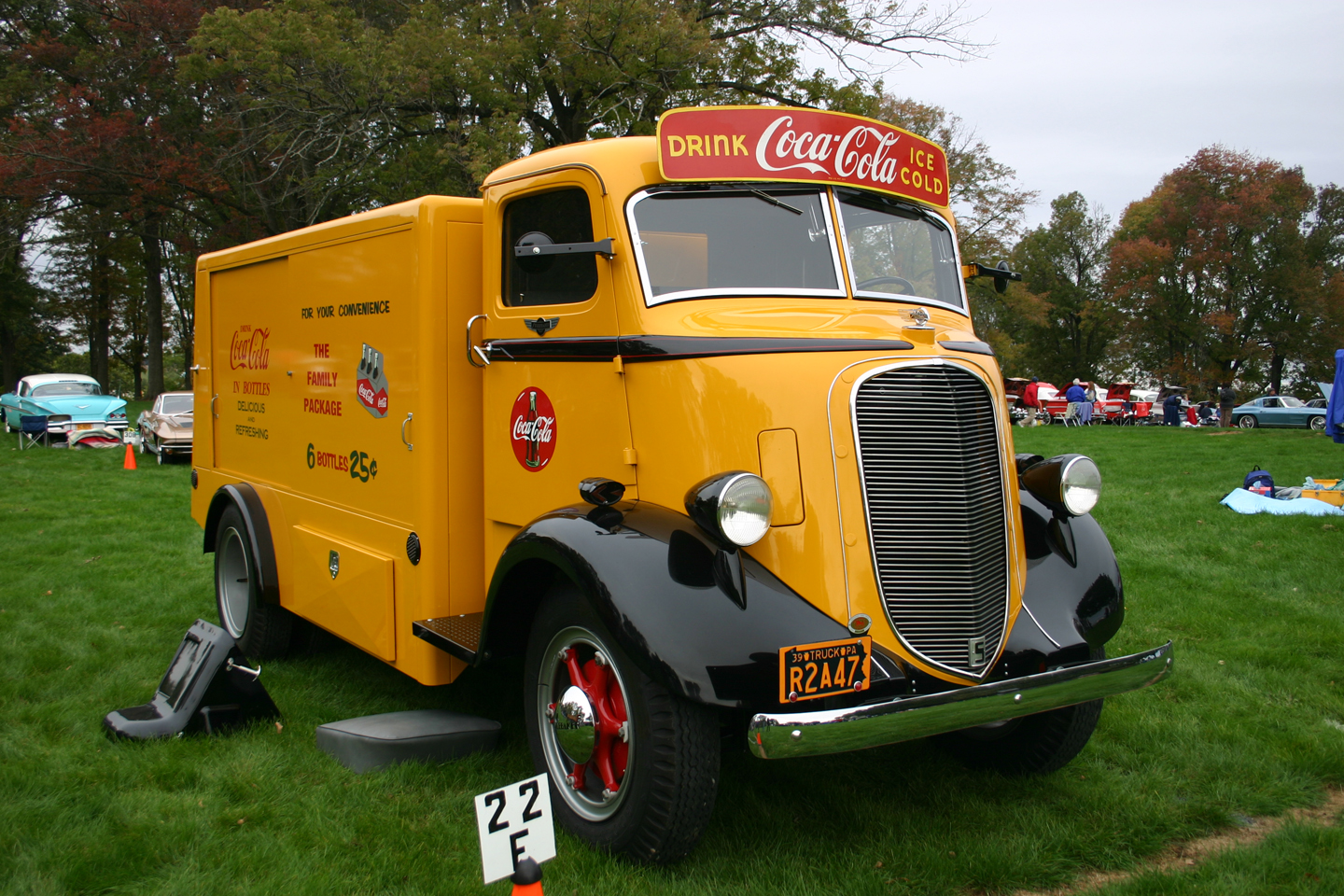
Studebaker’s first light-duty pickup arrived for 1937, and it was a stunner. It shared the Dictator sedan’s chassis, front sheet metal and six-cylinder engine, and with a six-foot box in the back.
But it was pricey. Its $647 tag sounds ridiculously low today, but a Chevy half-ton started at $515, and a Ford was $526. Its styling changed each year with the cars it was based upon, but prices rose and sales fell, and 1939 was its last year.

There was no pickup for 1940. The all-new M truck series arrived for 1941, with unique styling that wasn’t shared with the cars. The Second World War brought an end to civilian production in 1942, but Studebaker built heavy-duty M trucks for essential services and used some M components in the trucks it made for the military.
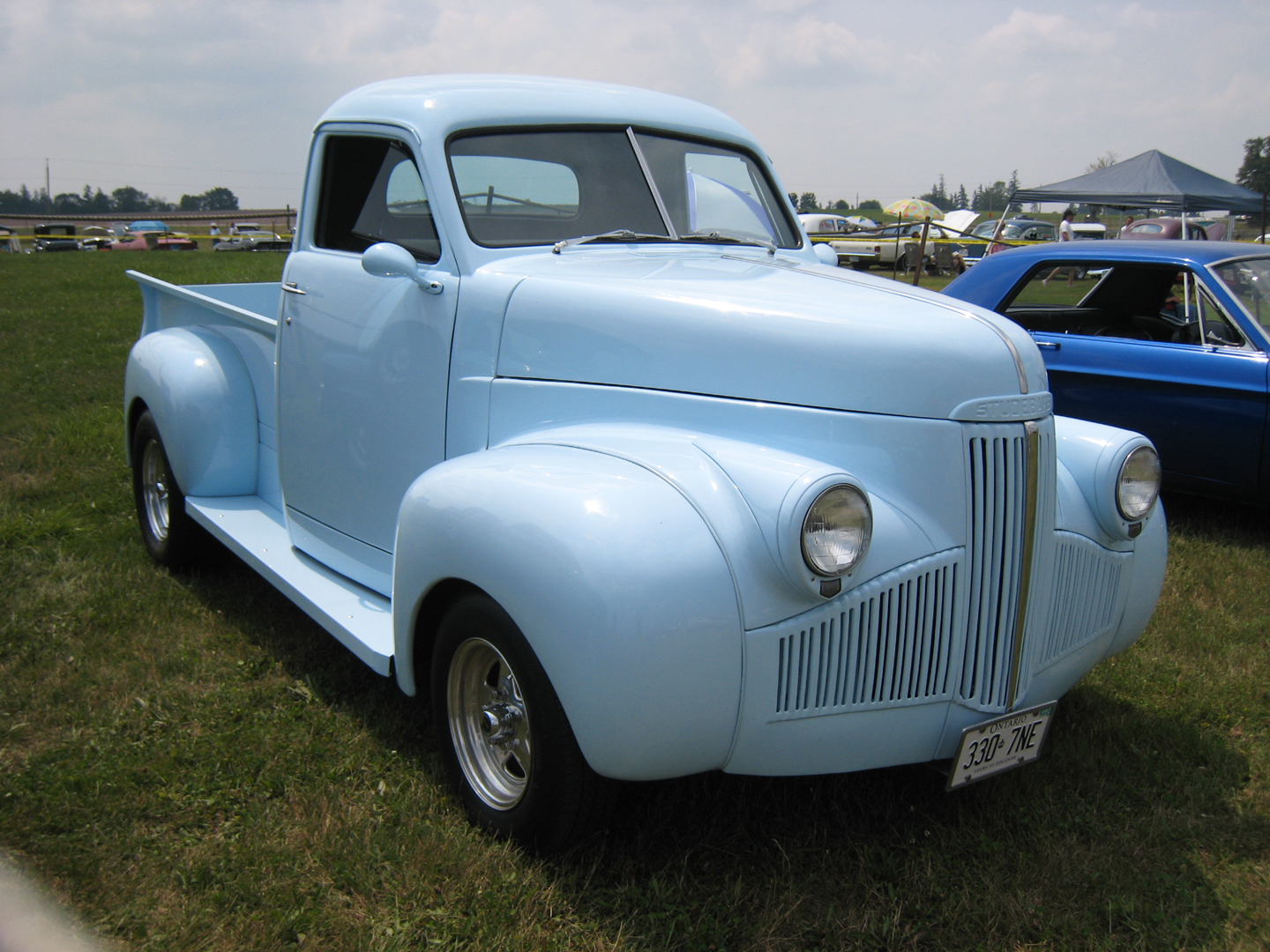
The M was replaced in 1949 by the stylish 2R series. It was built in a new truck-specific plant near South Bend, and also at Studebaker’s plant in Hamilton, Ontario, the first time pickups had been built in Canada.
Studebaker suffered mismanagement and financial issues before and after the war. There were still some beautiful cars to come, but into the 1950s, the company was entering its downward spiral.
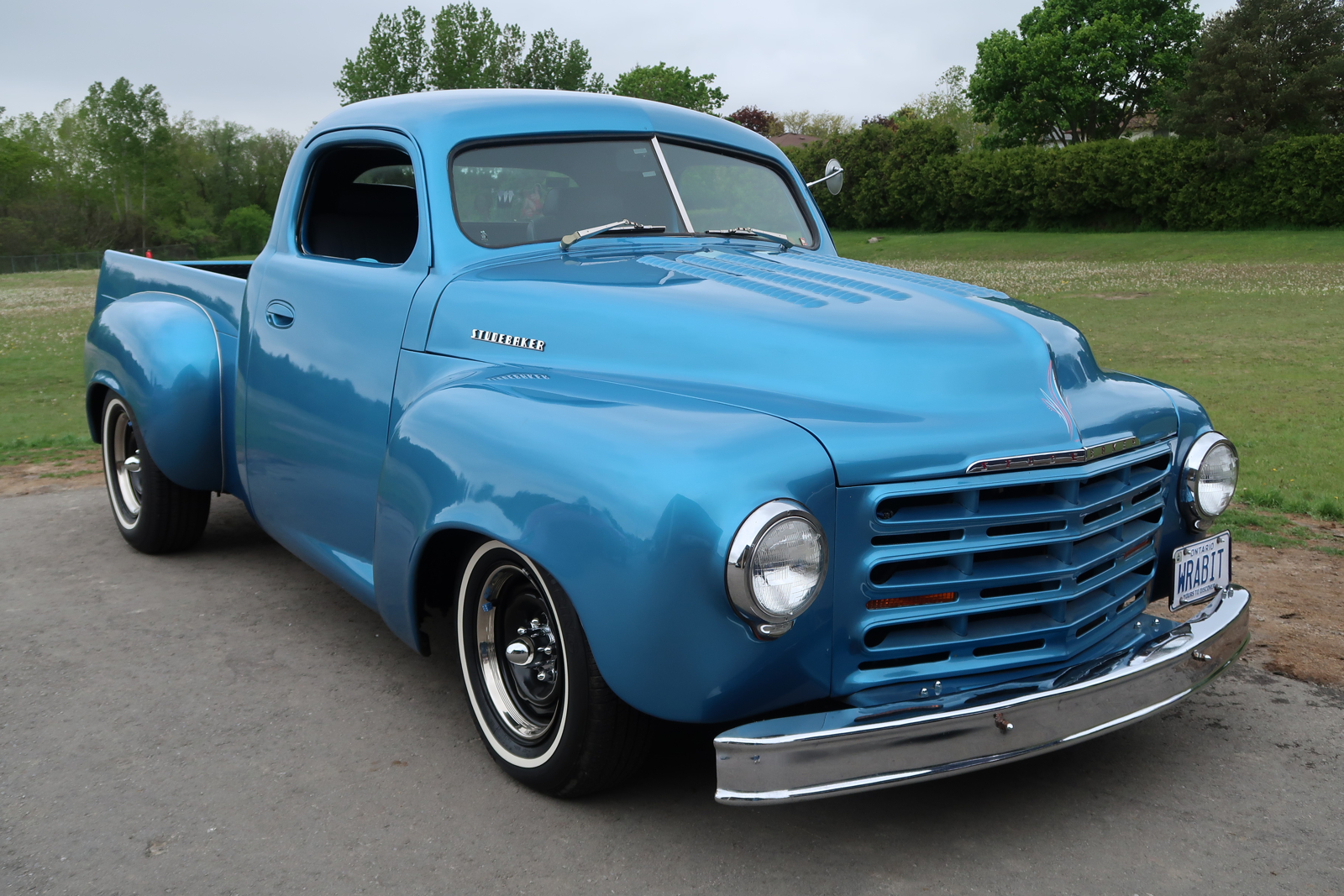
The 1955 trucks looked fairly similar to the 1954 R series but had enough mechanical changes – including the first V8 in a half-ton – that they were now the E series. That series carried through to the end, with model names including Transtar, Scotsman, and Deluxe. Starting in 1958, half-ton to one-ton trucks could be ordered with four-wheel drive.
In 1960, heavy-duty trucks kept the Transtar name and appearance. Half- and three-quarter-ton E series pickups were restyled and renamed Champ, their front ends borrowed from the Lark, the company’s new-for-1959 car.
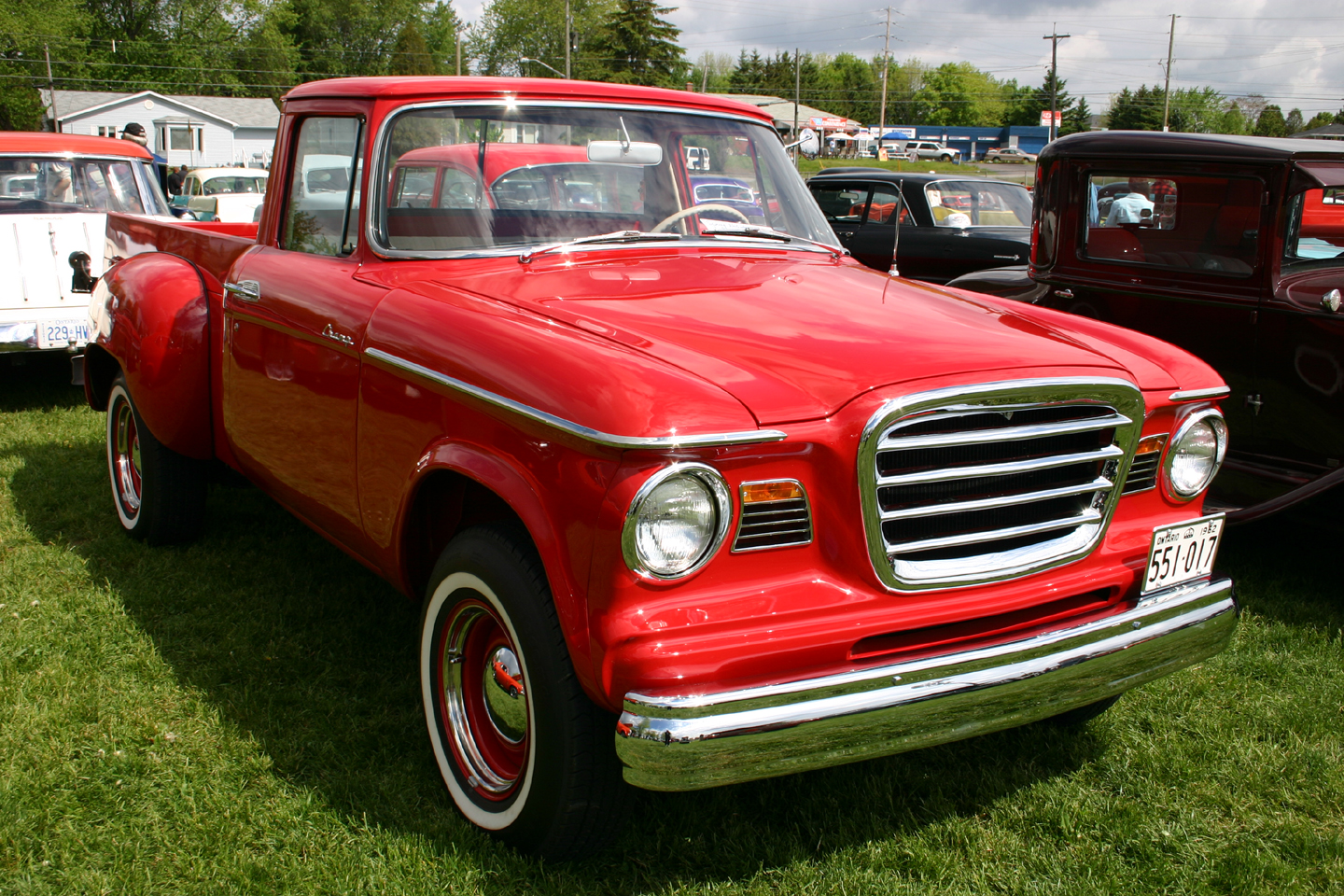
But Studebaker was on the ropes. Its Ontario facility was more efficient than South Bend, and it was decided to build all cars there and import them into the U.S. for sale. Canadian truck production had ended in 1955, and it wasn’t started back up. South Bend car production ended on December 20, 1963, and the last Champ truck was built seven days later. Canadian production finally ended, and Studebaker closed forever, on March 17, 1966.
Here are some other interesting tidbits about Studebaker’s trucks…
- Studebaker bought its plant in Hamilton, Ontario in 1948. Car production began that year, and trucks were added a year later. The factory was originally built by the Canadian government for WW2 ammunition production.- Starting in 1961, the Champ pickup offered a wider “Spaceside” box. It got the tooling from Dodge, which called it Sweptline when it debuted for 1959. It provided more cargo space, but it didn’t line up with the Studebaker cab and certainly looked odd.
- After Studebaker folded, two of its dealers, Nathan Altman and Leo Newman, bought Studebaker’s Avanti facility and tooling and began building that car again. The deal included the rights to the Champ and Transtar as well, but they never went back into production.
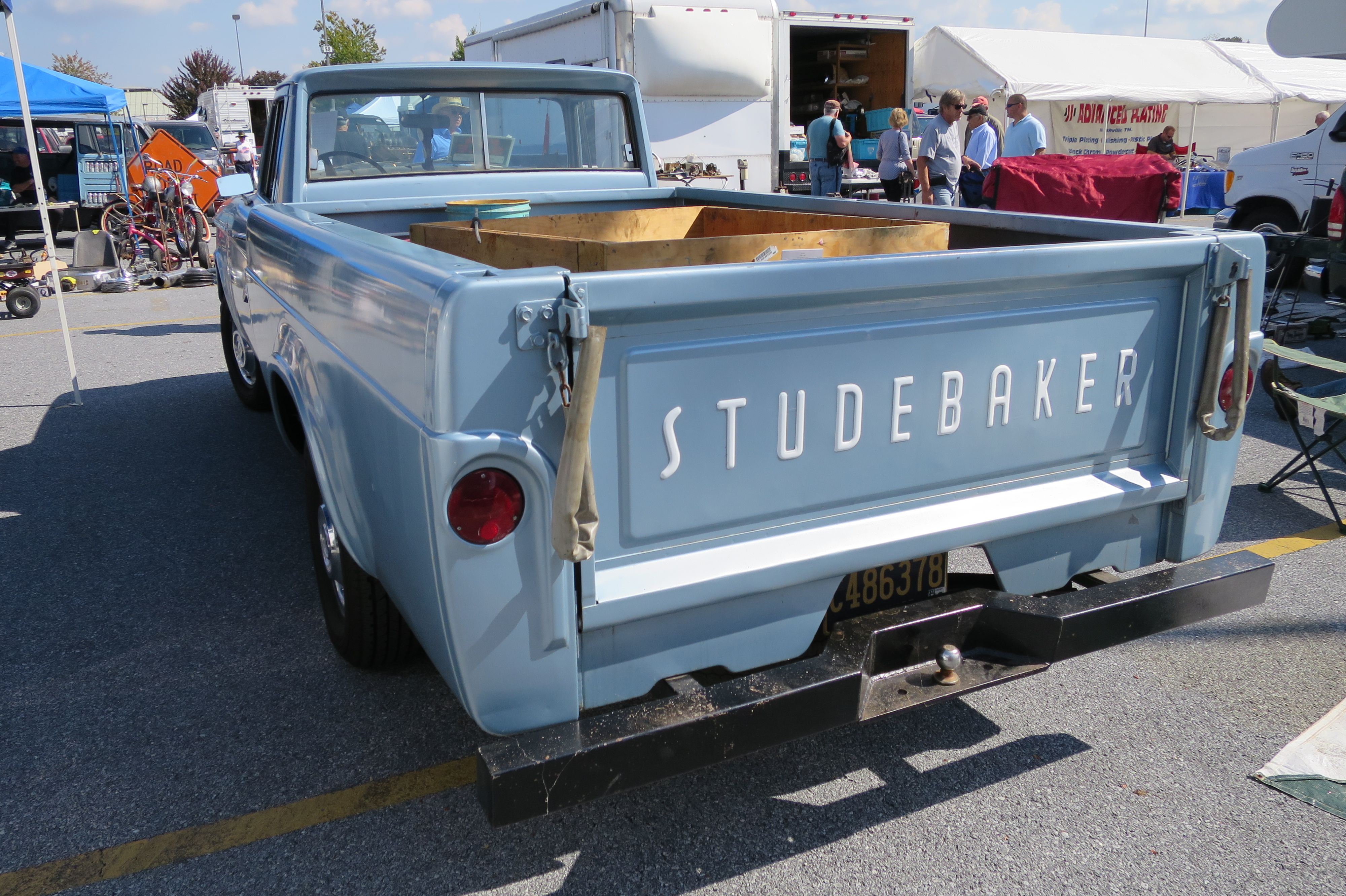
Enthusiasts mostly concentrate on the 1940s and newer trucks (although there are many Studebaker wagon collectors too). Only about 5,300 of the 1937-1939 Coupe Express trucks were built, and they are hard to find and correspondingly pricey. The 1950s trucks are popular, and the Champ trucks are still relatively inexpensive. For classic truck parts, you’ll need to find used or new-old-stock (NOS) to keep your Studebaker original. Many owners hot-rod their trucks so they’re easier to drive and repair, often with Chevrolet or Ford drivelines.
If you need classic Studebaker truck parts we have plenty of restoration parts to choose from. Check out our home page to begin your search.
